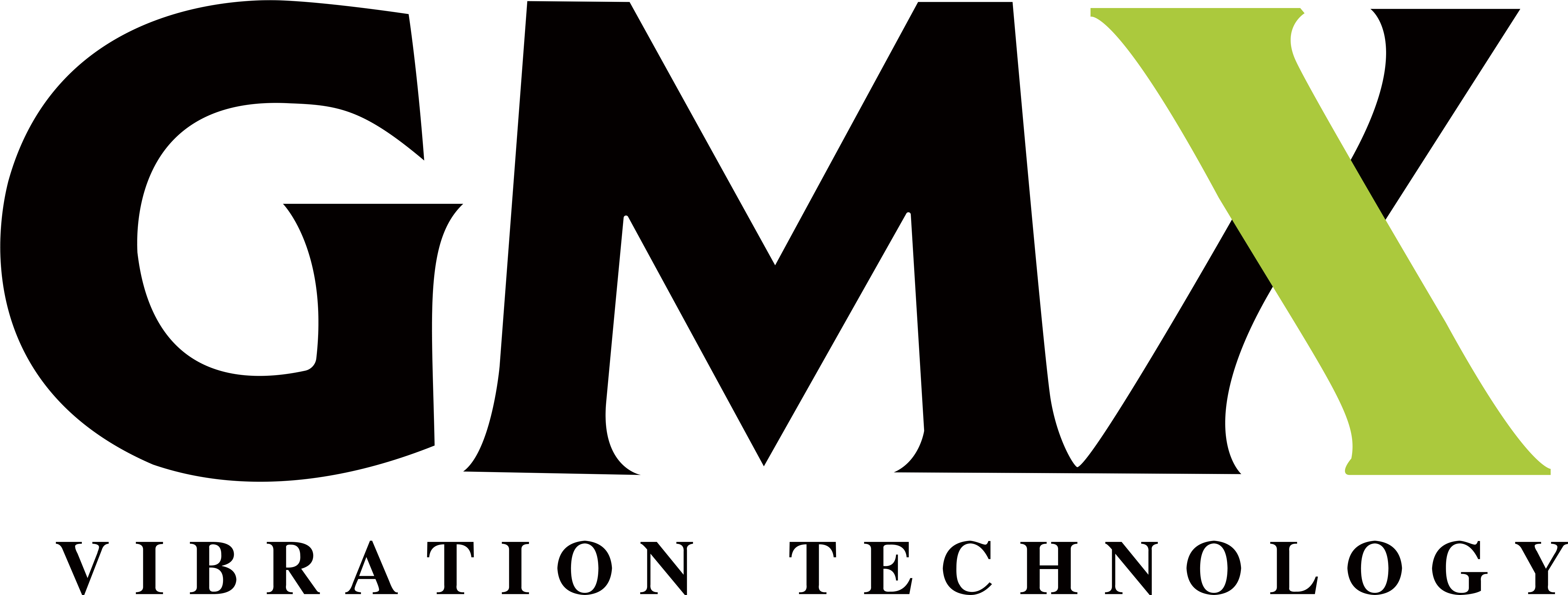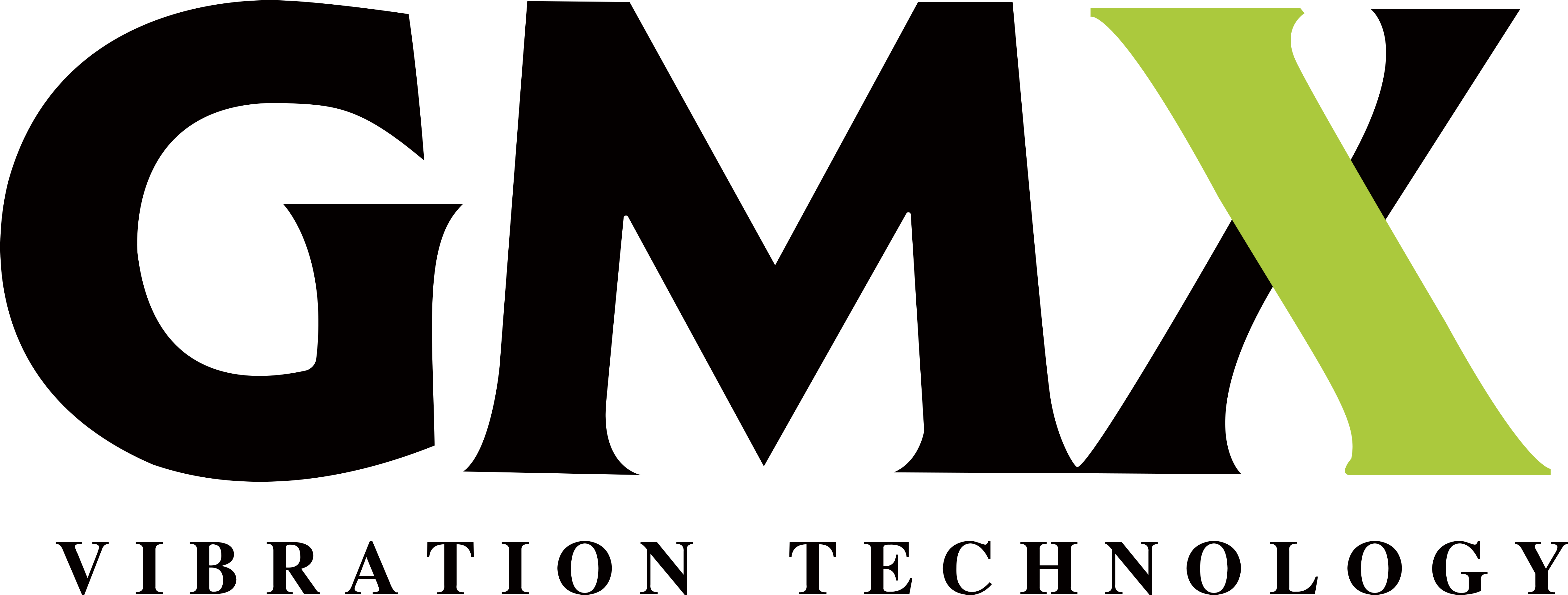Table of Contents
Introduction
In today’s manufacturing and processing environments, material screening efficiency can directly impact product quality, production capacity, and operational cost. Choosing the right vibrating screener is not only about equipment—it’s about finding the best fit for your specific material characteristics and application needs.
From food and pharmaceuticals to mining and battery materials, each industry has unique screening challenges. This guide helps you understand the types of vibrating screeners and how to select the one best suited for your operation.
Overview of Vibrating Screeners
A vibrating screener (or vibrating screen) is a mechanical device used to separate materials by size through vibration and sieving. These machines use eccentric motors or vibratory drives to create multi-dimensional motion that moves material across one or multiple mesh screens.
Key Components:
- Vibrating drive (motor or exciter)
- Screen decks (single or multi-layer)
- Frame and support structure
- Dust covers or open frames (optional by industry)
Vibrating screeners are essential in bulk material handling where precise separation and throughput control are needed.
Types of Vibrating Screeners and Their Applications
Gyratory Screen
Offers high precision and gentle screening motion, ideal for fine powders, granules, and fragile materials. Often used in food, chemical, and plastics industries.
Tumbler Screening Machine
Simulates manual sifting, providing long residence time and high efficiency for ultra-fine materials. Common in pharmaceutical, battery material, and metal powder applications.
Circular Vibrating Screen
Versatile and compact. Suitable for a wide range of materials including minerals, aggregates, and fertilizers.
Linear Vibrating Screen
Offers strong conveying motion, great for coarse materials, wet sieving, or heavy-duty screening like coal, sand, or grain.
Low-profile Separator
Designed for space-limited installations or in-line processing systems. Ideal for slurries, liquids, or quick check screening.
Key Factors to Consider When Choosing a Vibrating Screener
Selecting the right vibrating screener isn’t a one-size-fits-all decision—it requires careful evaluation of both your material characteristics and operational requirements. Below are the most important factors to guide your selection:
Material Type & Characteristics
The nature of your raw materials will significantly affect the performance and choice of screener.
-
Particle size and distribution: Fine powders require different screening techniques (e.g., gyratory or tumbler screening) compared to coarse or lumpy materials.
-
Bulk density: Heavier materials may require stronger vibration and reinforced structure.
-
Moisture content: Wet or sticky materials may need a linear screen or special anti-clogging designs.
-
Abrasiveness or corrosiveness: Influences material selection for contact parts (e.g., stainless steel, polyurethane, or rubber linings).
Screening Accuracy and Separation Efficiency
Different applications require different levels of screening precision:
-
Precision tolerance: Do you need exact particle cuts (e.g., 98% < 100 µm)?
-
Mesh selection: Smaller apertures may reduce throughput but improve separation.
-
Blinding/clogging risk: Consider ultrasonic or bouncing ball cleaning systems if mesh blinding is a concern.
Capacity and Throughput Requirements
Define your desired production rate early to avoid future bottlenecks:
-
Throughput capacity (kg/h or tons/h)
-
Feeding method (batch or continuous)
-
Screen surface area needed to meet target capacity
A mismatch in capacity can lead to overloading, low separation accuracy, and increased downtime.
Installation Space and Footprint
Evaluate the available area for your screener, especially in existing production lines:
-
Footprint size: Some models (like low-profile separators) are designed for tight spaces.
-
Vertical clearance: Tumbler and multi-layer gyratory screens may need more height.
-
Integration flexibility: Can the screener be integrated into your upstream and downstream processes?
Ease of Maintenance and Operation
Operational efficiency is closely tied to how easily your team can use and maintain the screener:
-
Screen changing time: Quick-release clamps and modular designs reduce downtime.
-
Cleaning: Open-frame or CIP (clean-in-place) designs are ideal for food/pharma.
-
Spare parts availability: Ensure reliable access to mesh screens, motors, and seals.
-
Drive durability: Vibration motors or exciters should have long service intervals.
Compliance and Industry Standards
In certain industries, the screener must comply with strict regulations:
-
Food-grade or pharmaceutical compliance (GMP, FDA)
-
Explosion-proof design (ATEX, IECEx) for chemical or dust-rich environments
-
Noise and vibration limits to ensure worker safety
Total Cost of Ownership (TCO)
Don’t just look at the purchase price—consider:
-
Energy consumption
-
Mesh replacement frequency
-
Labor cost for operation and maintenance
-
Downtime impact on productivity
A slightly higher upfront investment may result in significant long-term savings.
Industry-Specific Recommendations
Food and Beverage
Use tumbler or low-profile screeners with stainless steel, hygienic design, and easy cleaning.
Chemical and Pharmaceutical
Tumbler or gyratory screeners for accurate classification of fine powders and granules. GMP-compliant designs preferred.
Mining and Mineral Processing
Circular or linear vibrating screens for high-capacity, rugged environments.
Battery & Powder Metallurgy
Gyratory or tumbler screens with ultrasonic cleaning for fine particle control and minimal contamination.
Comparison Table of GMX Vibrating Screeners
|
Model |
Motion Type |
Screen Layers |
Best for Applications |
Typical Mesh Range |
|
Gyratory Screen |
Horizontal Swing |
1–4 |
Fine chemicals, metals |
20–500 mesh |
|
Tumbler Screener |
3D Elliptical |
1–5 |
Food, pharma, anode/cathode |
50–600 mesh |
|
Circular Vibrating |
Circular |
1–3 |
Aggregate, fertilizer, sand |
5–100 mesh |
|
Linear Vibrating |
Linear |
1–2 |
Coal, salt, building materials |
2–80 mesh |
|
Low-profile Separator |
2D Low-profile |
1 |
Slurries, small footprint sites |
10–200 mesh |
Why Choose GMX as Your Vibrating Screener Partner
GMX (Shanghai) Vibration Technology Co., Ltd is a leading provider of screening, conveying, and vibration solutions in China. With a 15,000 m² factory and 120+ professionals, GMX offers:
- Custom and Standard Machines tailored to your materials and goals
- Cost-effective Performance with robust design and competitive pricing
- Global Reach, with equipment installed in 40+ countries
- Expert Technical Support to help you optimize every step of your process
Conclusion
Selecting the right vibrating screener is key to maintaining efficiency and product quality in your processing line. By understanding your material and operational needs, and comparing different screener types, you can make an informed choice that supports long-term success.
Explore our full range of vibrating screeners or contact our engineers for a custom recommendation based on your application.


